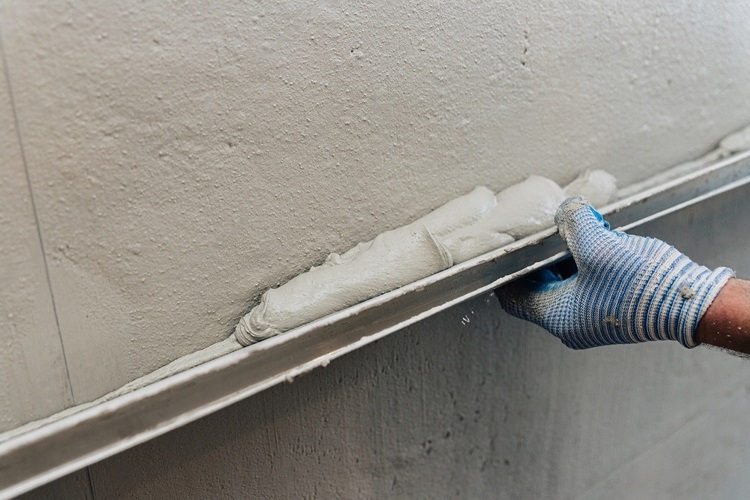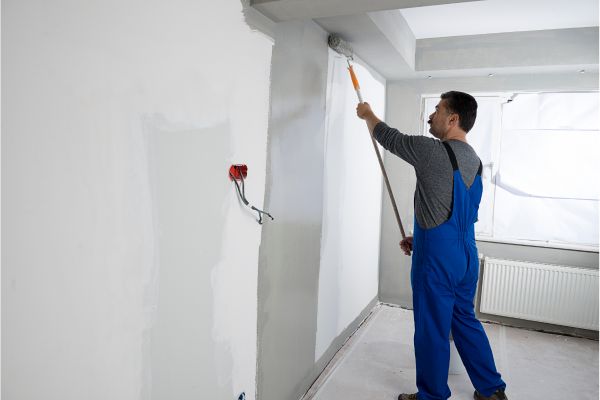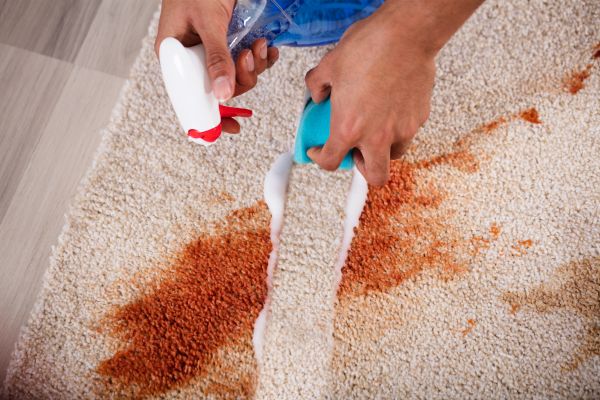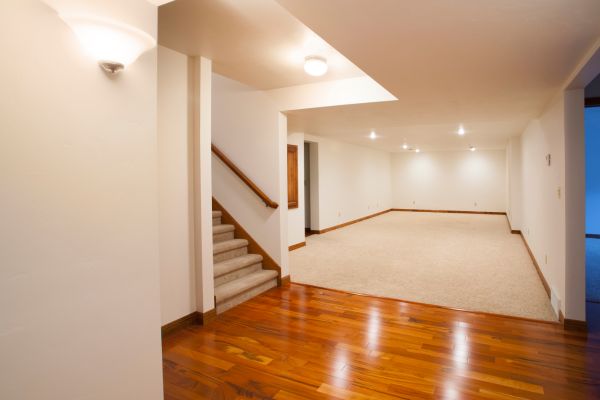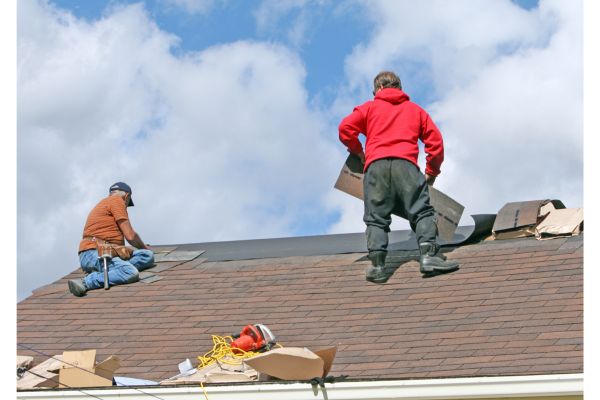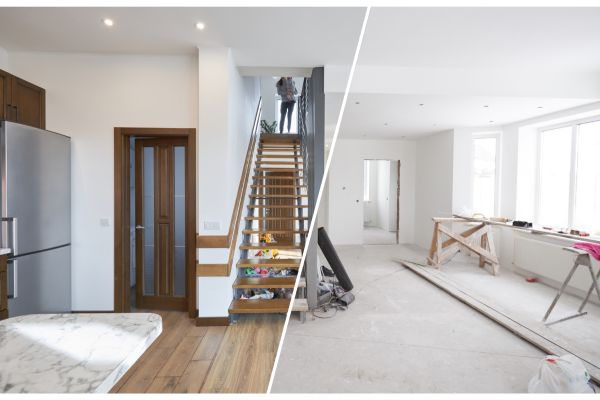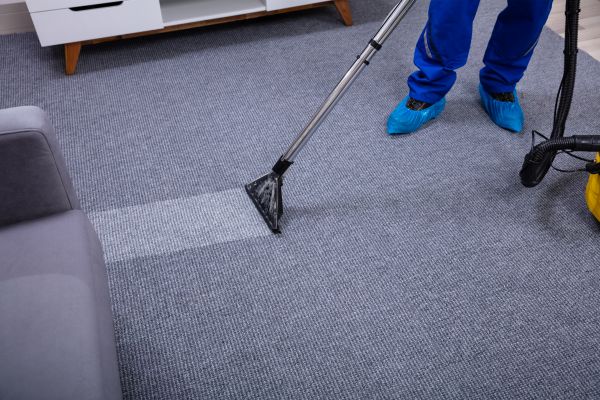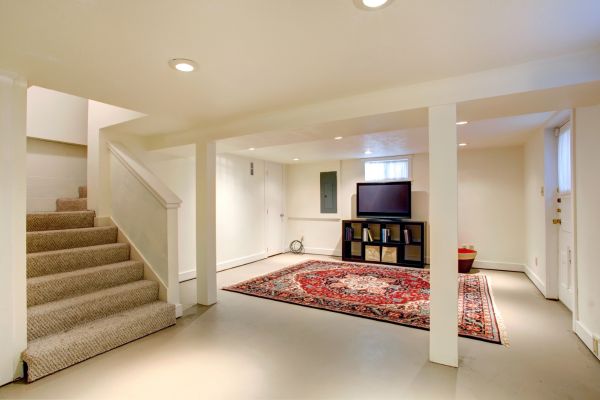Stucco, with its timeless elegance and durability, has been a cornerstone of architectural design for centuries. Whether adorning the walls of ancient Roman villas or gracing the facades of modern homes, stucco remains a preferred choice for builders and homeowners alike. In this comprehensive guide, we will delve into the world of stucco, exploring its versatility, benefits, and the essential know-how for both installation and restoration.
Why Stucco Matters
Stucco isn’t just another building material; it’s a testament to craftsmanship and a symbol of enduring beauty. Properly installed and maintained stucco can protect your home, enhance its aesthetics, and even improve energy efficiency. However, achieving stucco superiority requires a deep understanding of its characteristics, installation techniques, and the occasional need for restoration.
So, whether you’re planning to build a stucco-clad dream home, contemplating a stucco renovation project, or simply want to appreciate the artistry behind this remarkable material, this guide is your roadmap to success.
Chapter 1: Understanding Stucco
Defining Stucco
Stucco is a versatile building material composed of cement, sand, and water. It is typically applied as a plaster-like coating to both interior and exterior walls. What sets stucco apart is its ability to adapt to various architectural styles, from traditional to contemporary. Its texture and finish options are nearly limitless, making it a favorite among designers and builders.
Types of Stucco Materials
Stucco comes in different formulations to suit various construction needs. These include:
- Traditional Stucco: This is the classic stucco mixture, consisting of Portland cement, sand, and water. Traditional stucco is renowned for its durability but requires skillful application.
- Synthetic Stucco (EIFS): Exterior Insulation and Finish Systems (EIFS) are synthetic stucco options that offer superior insulation properties. EIFS typically consists of a foam board insulation layer covered with a synthetic stucco finish.
Versatility in Design
One of the key advantages of stucco is its adaptability to different architectural styles. Whether you’re aiming for a rustic Mediterranean villa appearance or a sleek modern finish, stucco can be customized to achieve your desired look. Its versatility extends to various textures, including smooth, rough, and patterned finishes, allowing for endless design possibilities.
Chapter 2: Installation of Stucco
Preparing the Surface
Before you begin applying stucco, proper surface preparation is critical for a successful installation. Follow these steps:
- Clean the Surface: Remove any dirt, debris, or loose material from the wall. Ensure there is no existing paint or other coatings that could inhibit stucco adhesion.
- Repair Cracks and Damage: Patch any cracks or holes in the substrate using a suitable repair material. A solid surface ensures a uniform stucco finish.
- Apply a Moisture Barrier: Depending on your climate, consider adding a moisture barrier, such as building paper or a house wrap, to prevent water infiltration.
Mixing and Applying Stucco
Stucco is a mixture of cement, sand, and water, but getting the right consistency is crucial. Follow these guidelines:
- Proper Mixing: Combine cement and sand in the appropriate ratio, typically 1:3 for a scratch coat and 1:4 for the finish coat. Gradually add water while mixing until you achieve a workable, creamy consistency.
- Applying the Scratch Coat: Begin by applying a scratch coat—a rough layer that helps the subsequent coats adhere. Use a trowel to spread the stucco evenly.
- Adding the Brown Coat: Apply the brown coat, which is thicker than the scratch coat, to build up the stucco’s thickness. Make sure it’s level and smooth.
- Finishing with Texture: The final coat is where you can add texture and design. Various tools and techniques, such as sponge or float finishes, can be used to achieve your desired look.
Curing and Drying
Once the stucco is applied, it’s crucial to ensure proper curing and drying:
- Keep it Moist: Mist the stucco periodically during the first 48 hours to keep it moist. This aids in curing and prevents cracking.
- Drying Time: Stucco typically takes about a week to cure and several weeks to fully dry. Avoid painting or applying any finish until it’s completely dry.
Chapter 3: Common Installation Mistakes
Identifying Common Errors
While stucco installation can yield stunning results, there are common mistakes that can lead to issues down the road. It’s essential to be aware of these pitfalls:
- Inadequate Surface Preparation: Rushing through surface preparation can lead to poor adhesion and an uneven finish.
- Improper Mixing: Failing to mix the stucco properly can result in weak spots or inconsistent texture.
- Ignoring Weather Conditions: Extreme weather conditions, such as hot, dry days, or rain, can affect the stucco application. Work in suitable weather and protect the stucco during curing.
- Skipping Curing Steps: Neglecting the curing process can cause cracking and weaken the stucco’s integrity.
Consequences of Mistakes
These mistakes can have significant consequences:
- Cracking: Inadequate surface preparation and curing can lead to unsightly cracks in the stucco.
- Moisture Infiltration: Poorly installed stucco can allow moisture to seep into the underlying structure, potentially leading to structural damage.
- Aesthetic Issues: Texture inconsistencies and blemishes can mar the appearance of the stucco finish.
By being aware of these common mistakes and understanding their potential consequences, you can take steps to avoid them during your stucco installation project. In the next chapters, we will delve deeper into stucco restoration and maintenance, ensuring your stucco stands the test of time.
Chapter 4: Stucco Restoration
When Restoration Becomes Necessary
Stucco is renowned for its longevity, but over time, it may require restoration due to various factors, including:
- Cracks and Damage: Cracks in the stucco can develop from natural settling, weather exposure, or impact. Restoring these areas is essential to maintain the integrity of the stucco.
- Water Damage: Moisture infiltration can lead to mold growth and structural damage. Restoring the stucco and addressing the source of moisture is crucial.
- Aesthetic Changes: If you want to update the appearance of your home or change the stucco texture, restoration is an opportunity to achieve your desired look.
Step-by-Step Guide to Stucco Restoration
Restoring stucco involves the following steps:
- Assessment: Examine the stucco thoroughly to identify damaged areas, cracks, or areas in need of repair.
- Surface Preparation: As with new installations, clean the surface and repair any underlying structural issues.
- Crack Repair: Fill and repair cracks with a suitable stucco patching material. Ensure a smooth, consistent finish.
- Matching Texture: Achieving a consistent texture with the existing stucco is vital for a seamless restoration. Tools like brushes, trowels, and floats can help replicate the texture.
- Painting or Sealing: Depending on your preferences and the stucco’s condition, you may choose to paint or seal the restored surface for added protection and aesthetic appeal.
Importance of Matching the Existing Stucco Texture
Matching the texture of the existing stucco is crucial for a successful restoration. Texture variations can be jarring to the eye and diminish the overall appearance of your home. A skilled stucco contractor can replicate the texture effectively, ensuring a cohesive and visually pleasing finish.
Chapter 5: Maintenance and Care
Routine Maintenance
To extend the lifespan of your stucco and keep it looking its best, consider the following routine maintenance tasks:
- Cleaning: Periodically clean the stucco surface to remove dirt, dust, and mildew. A gentle power wash or soft brush can be used for this purpose.
- Inspect for Damage: Regularly inspect the stucco for any cracks or signs of wear. Addressing issues early can prevent more extensive damage.
- Sealing and Painting: Depending on your stucco’s condition, you may need to reseal or repaint it to maintain its protective qualities and aesthetic appeal.
Climate Considerations
The climate in your area can significantly impact stucco maintenance:
- Dry Climates: In arid regions, stucco may require more frequent sealing to prevent moisture loss and cracking.
- Wet Climates: In areas with heavy rainfall, pay special attention to drainage systems and ensure proper sealing to prevent water infiltration.
- Freezing Temperatures: In cold climates, stucco can be vulnerable to freeze-thaw cycles. Regular maintenance helps mitigate potential damage.
By implementing these maintenance practices and being attentive to your specific climate conditions, you can enjoy the lasting beauty and durability of your stucco exterior.
Chapter 6: Benefits of Stucco
Advantages of Stucco
Stucco offers several key advantages for homeowners and builders:
- Durability: Stucco is known for its long-lasting properties, resisting wear and tear for decades.
- Energy Efficiency: Its natural insulation properties help regulate indoor temperatures, reducing energy consumption.
- Aesthetic Appeal: Stucco provides a timeless and elegant finish, enhancing the curb appeal and value of your property.
- Versatility: Whether you’re aiming for a traditional or modern look, stucco can be customized to suit your architectural style.
Chapter 7: Stucco in Modern Architecture
Contemporary Trends
Stucco continues to play a prominent role in modern architecture:
- Sustainable Design: Stucco can be incorporated into eco-friendly designs, offering both aesthetics and energy efficiency.
- Minimalist Aesthetics: Its clean lines and versatile texture options make stucco a favored choice in minimalist architectural styles.
- Mixed Materials: Stucco often complements other materials like wood, stone, or glass, creating striking visual contrasts.
Chapter 8: Finding Professional Stucco Contractors
Selecting the Right Contractor
When it comes to stucco installation or restoration, finding the right contractor is crucial:
- Check Credentials: Verify the contractor’s licenses, insurance, and certifications.
- References and Portfolio: Ask for references and examine their previous work to ensure quality.
- Interview Prospective Contractors: Meet with multiple contractors to discuss your project and compare quotes.
- Communication: Choose a contractor who communicates effectively and is willing to address your concerns.
Takeaway
In this comprehensive guide, we’ve explored the world of stucco, from its origins and types to the essential steps for installation and restoration. We’ve learned about the common mistakes to avoid and the importance of proper maintenance. Stucco is more than just a building material; it’s a testament to craftsmanship, versatility, and enduring beauty.
Whether you’re embarking on a new construction project, planning a stucco renovation, or simply seeking to appreciate the artistry behind this remarkable material, remember that stucco, when handled with care and expertise, can stand the test of time and elevate the aesthetics and durability of your property.

